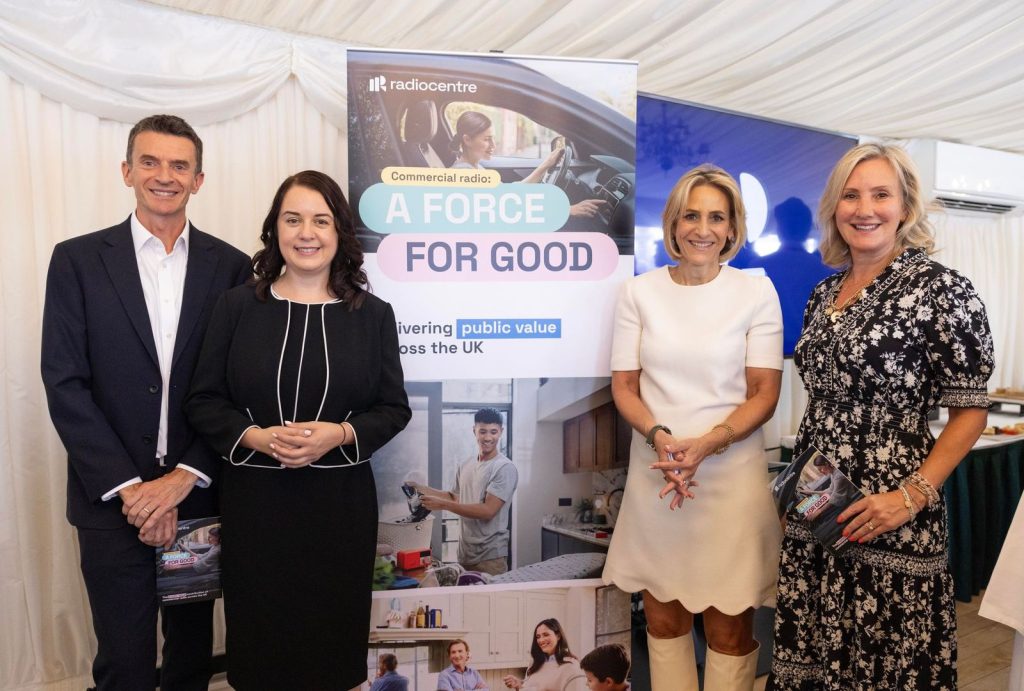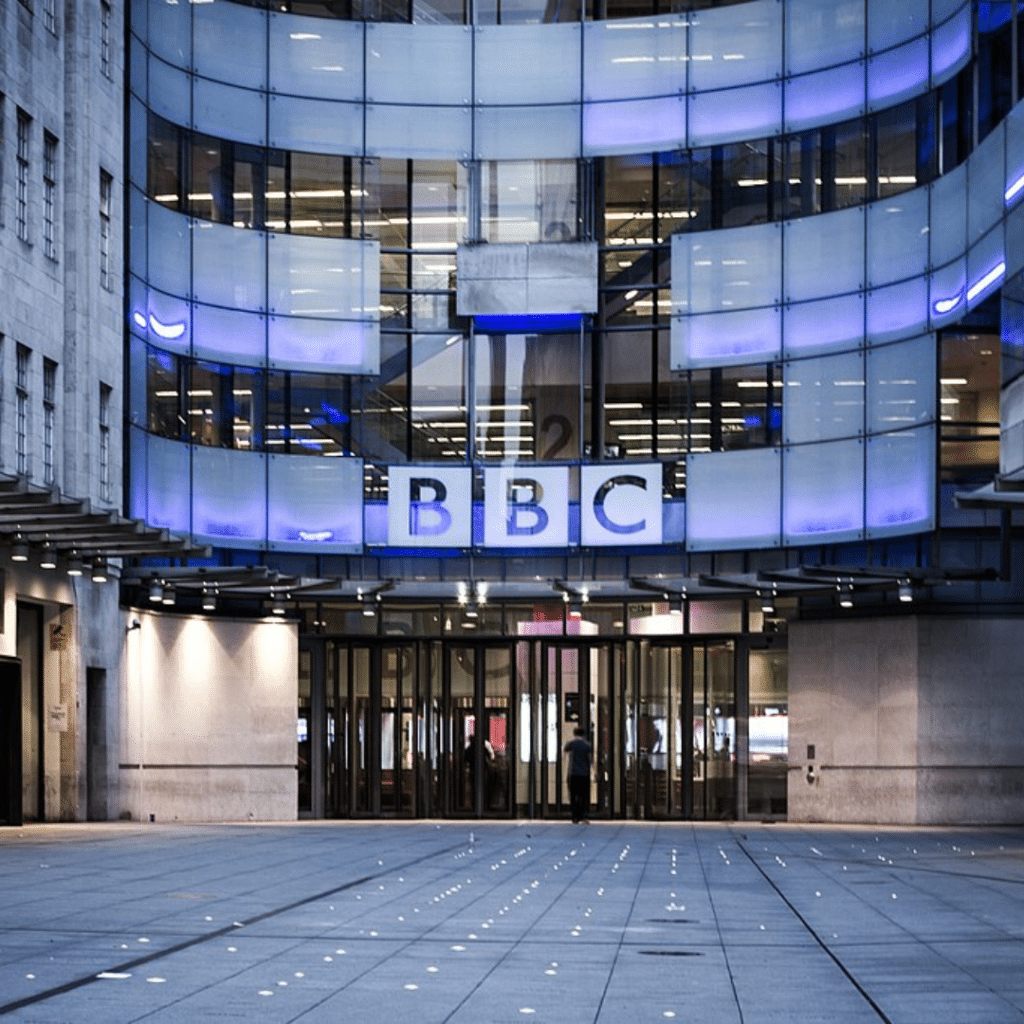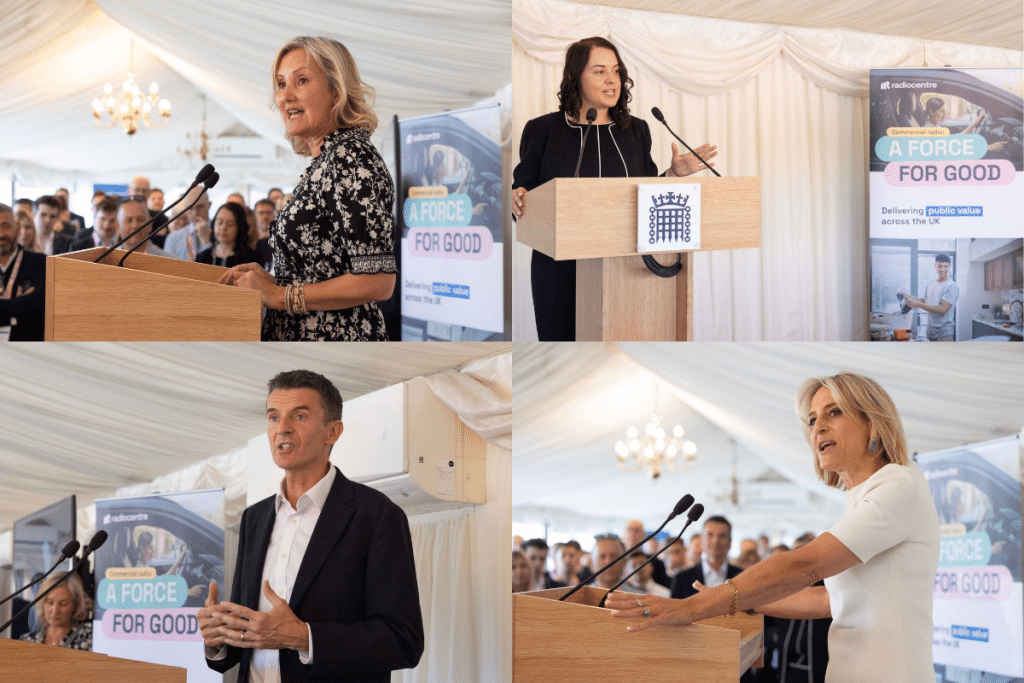
Recognising radio’s contribution to successful campaigns: observations on the 2020 IPA Effectiveness Awards
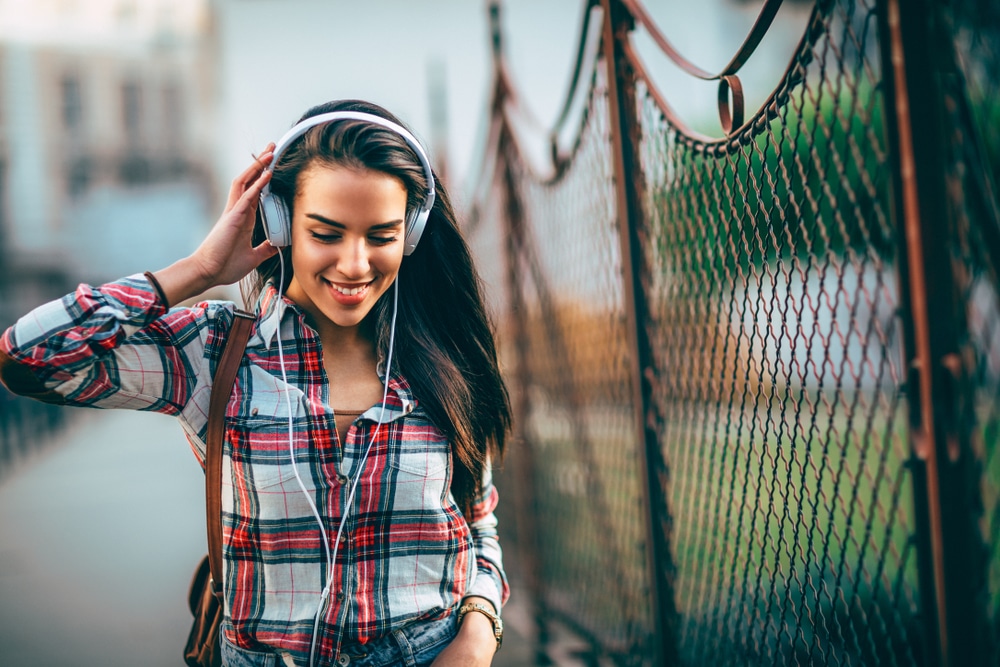
Our Head of Training & Special Projects, Judith Spilsbury writes on the use of radio and audio in the 2020 IPA Effectiveness Award winning campaigns and how they used radio’s strengths to deliver successful outcomes.
A recently published WARC analysis of the 2020 IPA Effectiveness Awards included some interesting stats on use of radio and audio in the media mix. To begin with there is the fact that a higher percentage of entrants included radio and audio in their campaigns compared to previous years.
Even more interesting is the fact that winning entrants were significantly more likely to use radio and audio compared to non-winning entrants (48% vs 41% – see Figure 1).
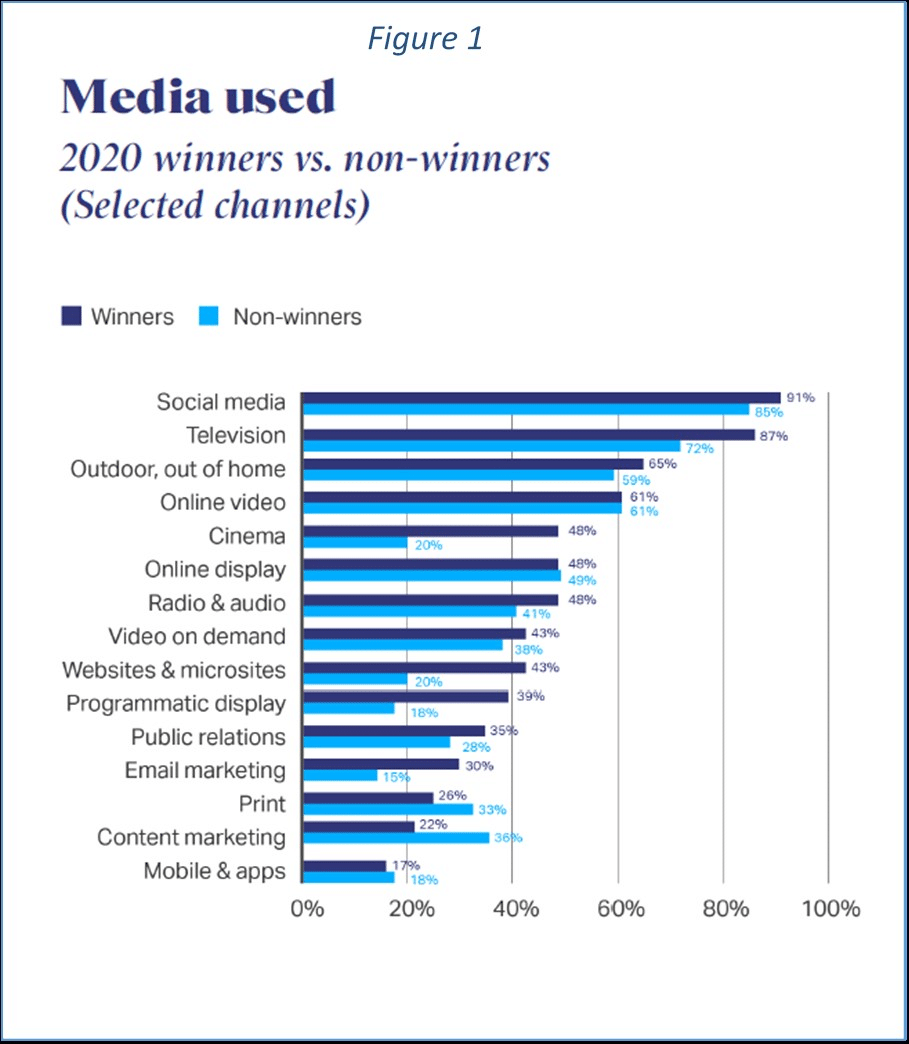
Over the last few years we have seen a mounting body of evidence of radio’s ability to drive brand growth. For example, in Ebiquity’s Re-evaluating Media study which we published in 2018, radio ranked second only to TV overall in its ability to deliver across 12 important media attributes. The same finding was re-confirmed in our Re-evaluating Media for Recovery report which we published at the end of 2020. Both of these studies also highlight the gap that exists between perceptions of effectiveness of different media and reality and reinforce the importance of evidence-based planning decisions.
Of course the IPA Effectiveness Awards are the ultimate evidence-based case studies. So are there any parallels between how award winners use radio and our own evidence of radio’s strengths? Well, probably not surprisingly, the answer is yes.
For example Tesco used radio to help re-establish Tesco’s food credentials with their “Food Love Stories” campaign, a great example of using radio’s natural story-telling ability to connect with consumers at an emotional level and reinforce brand messaging.
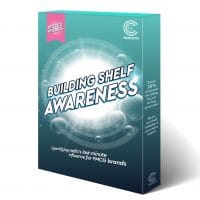 By contrast Aldi’s use of radio focuses on brand activation, delivering pricing messages to shoppers as close to shopping trips as possible (our “Building Shelf Awareness” study demonstrates the value of using radio to reach consumers on the way to the shops – a must-read for anyone wondering how they are going to get their brands noticed in supermarkets).
By contrast Aldi’s use of radio focuses on brand activation, delivering pricing messages to shoppers as close to shopping trips as possible (our “Building Shelf Awareness” study demonstrates the value of using radio to reach consumers on the way to the shops – a must-read for anyone wondering how they are going to get their brands noticed in supermarkets).
Both NHS and The Royal Navy used radio to extend reach and brand salience of their “We are nurses, we are the NHS” and “Made in the Royal Navy” campaigns respectively, whilst the FCA’s PPI campaign used radio to create an sense of urgency as the deadline for PPI complaints approached with good old Arnold Schwarzenegger audibly getting crushed.
Other examples such as the Truth Project reinforce radio’s ability to communicate difficult personal stories about a taboo subject in order to encourage victims to come forward.
All the 2020 IPA Effectiveness Awards winners who used radio re-confirm our own evidence of the valuable roles radio can play in delivering successful outcomes for brands. Equally importantly they also illustrate the variety of potential roles for radio, whether brands are looking at short-term activation or long term brand building metrics.


